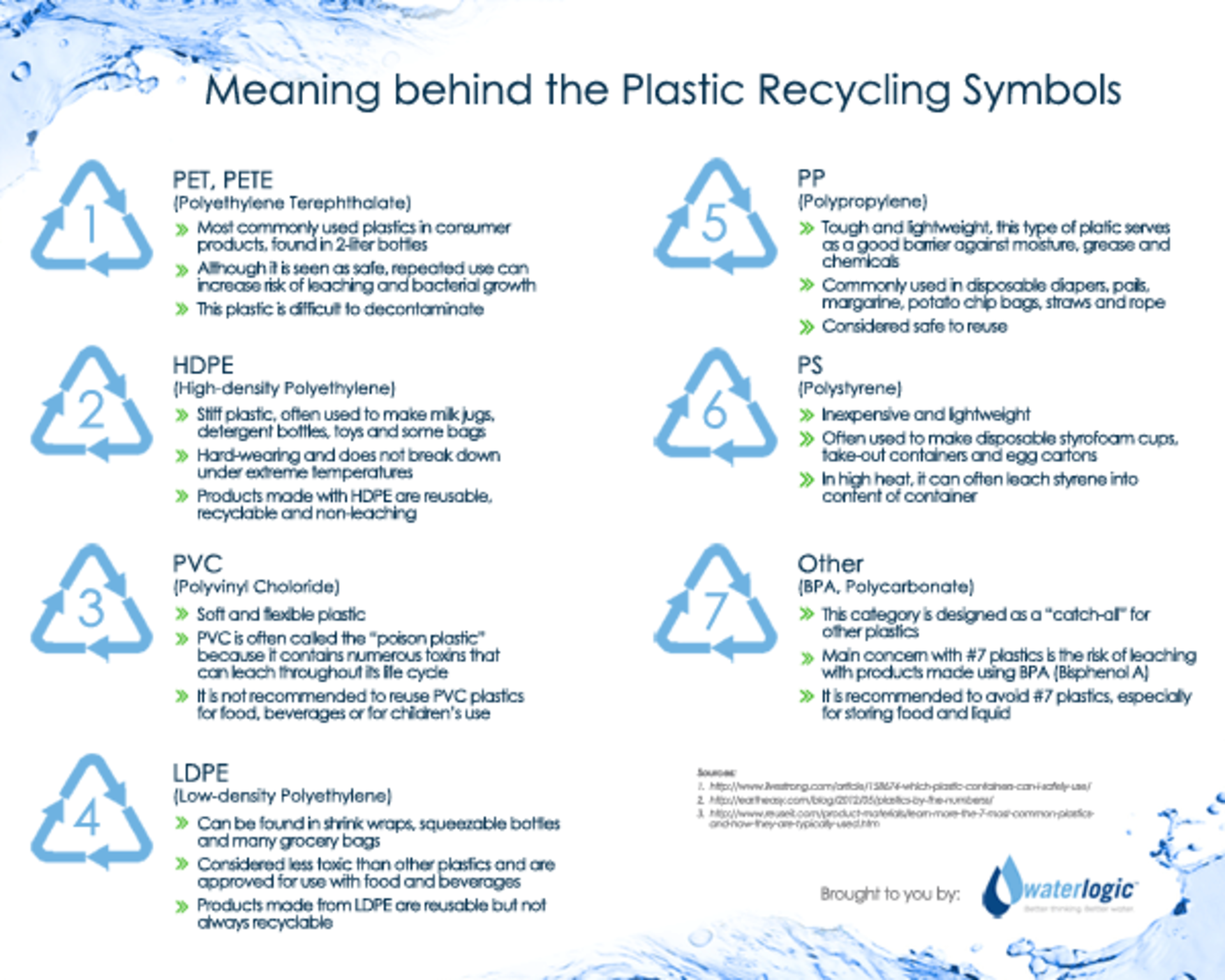IMPORTANT UPDATE: OUR BANKING DETAILS ARE CHANGING CLICK HERE FOR DETAILS
Read moreRead lessThe problem with plastic: BPA risks and myths

It’s within your water bottles, food containers, discs and DVDs, bike helmets, and more…what are we talking about? Bisphenol A – more commonly known as “BPA” – a synthetic compound that is used to make a variety of common consumer goods (like the ones mentioned above). It makes for a sturdy, clear polycarbonate plastic that is cheap and very effective. So what is the problem?
Since BPA is found in so many everyday products, researchers have started to detect the chemical in the blood and urine some Americans – it even appears in amniotic fluid which exposes fetuses to it before birth. What makes this level of BPA exposure so scary is because many studies have proven the chemical to be toxic. Most of these studies focus on how it interferes with levels of estrogen in the body, which is why were are many connections to BPA and breast cancer (which was debunked and stated in the leading breast cancer advocacy group Susan G. Komen Foundation 2014 report).
However, that doesn’t mean this chemical is safe. There are many other strange ways BPA exposure might be affecting our bodies.
Top 5 Ways BPA is Affecting Our Bodies
Lower Sex Drive: As mentioned earlier, BPA is reminiscent to estrogen which can disturb men’s sex hormone levels. On top of this, a 2013 study from Fertility and Sterility found that chronic BPA exposure also lead to lower testosterone levels in men. And if that wasn’t enough, later, Washington State University scientists also found even small doses of BPA could permanently halt the ability for men to create high-quality semen.
Arrhythmia: In a 2011 animal study, BPA was found to override a female body’s heartbeat signaling. This caused arrhythmia, which is irregular beating of the heart that can ultimately lead to sudden cardiac death.
Weight Gain: A 2011 Chinese study from The Journal of Clinical Endocrinology & Metabolism correlated higher BPA concentrations in the body with generalized and abdominal obesity as well as insulin resistance.
Higher Blood Pressure: In a 2014 study from Hypertension (an American Heart Association® journal), 60 adults underwent a randomized crossover trial where they consumed the same beverage in 2 glass bottles, 2 cans, or 1 can/1 glass bottle at a time. When they measured urinary BPA concentration after consuming the canned beverages (with BPA), systolic blood pressure increased.
Food Intolerance: A study was performed in October 2014 by the Federation of American Societies for Experimental Biology; two groups of pregnant rats were observed. One group was exposed to BPA only while babies were weaned. The BPA-exposed group of rats displayed colonic inflammation – suggesting food intolerance – when they were fed a new food protein later in life.

How Do We Stay Safe? BPA Myths & Facts
Of course, our initial response is to go bottleless when taking in your daily drinking water. There are great re-usable plastic bottles that are not made with BPA. These bottles will allow you to fill up at your bottleless cooler and have it with you during your busy work day.
Another way to stay protected is to arm yourself with the facts about BPA (and myths):
Myth: “All plastics are the same.”
Fact: Actually, they are not. Usually, at the bottom of your plastic bottle you will find a triangular shape with arrows (often called, “chasing arrows”) with a number inside, as pictured on this image. Those numbers represent the type of plastic that the bottle is made of. Plastic products labeled #7 are often manufactured with BPA and according to Eartheasy.com, “plastics with the recycling labels #1, #2 and #4 on the bottom are safer choices and do not contain BPA.”
Myth: “I’ll be safe as long as I don’t touch the bottle that is manufactured with BPA.”
Fact: Not using bottles that are made with BPA is not just about trying to not directly touch them; it’s about what you’re consuming that’s touching the plastic. BPA tends to leach onto the liquids and foods – which then, gets consumed by you. This is especially true in high heat levels. A study done by the University of Florida states that when heated, “plastic water bottles that are made from polyethylene terephthalate . . . the material releases the chemicals antimony and bisphenol A, commonly called BPA.” This is why it’s recommended not to consume liquids from bottles that have been stored in your car (or other environments with high temperatures) and not to use the microwave on plastics that are made with BPA.
Myth: “BPA-free or small doses of BPA are safe.”
Fact: As human beings, it’s extremely difficult to stay away from all plastics that are not made with BPA and even plastics that are marked by the FDA as “safe” due to “low levels of BPA used,” can also be harmful. The thing to remember here is that when plastics are used with low levels of BPA or are said to be BPA-Free, there are usually other chemicals that are used in order to substitute for BPA. As told by Lindsay Dahl, deputy director of the organization Safer Chemicals, Healthy Families, to Fox News, “The chemicals have the same function [as BPA], which usually means they’re similar in structure, and therefore have similar health effects.”
Although it can be difficult to avoid BPA all together, take the necessary measures to reduce your exposure to high levels:
- Be aware of what plastics you’re using.You can use our guide above to track what number plastic is within the chasing arrows.
- Try to use non-plastic contains when storing liquids or food. You can use glass or try to use frozen or fresh products.
- Get rid of plastics that are cracked or broken. If that plastic is made with BPA, it can transfer over to food or liquid you consume.



